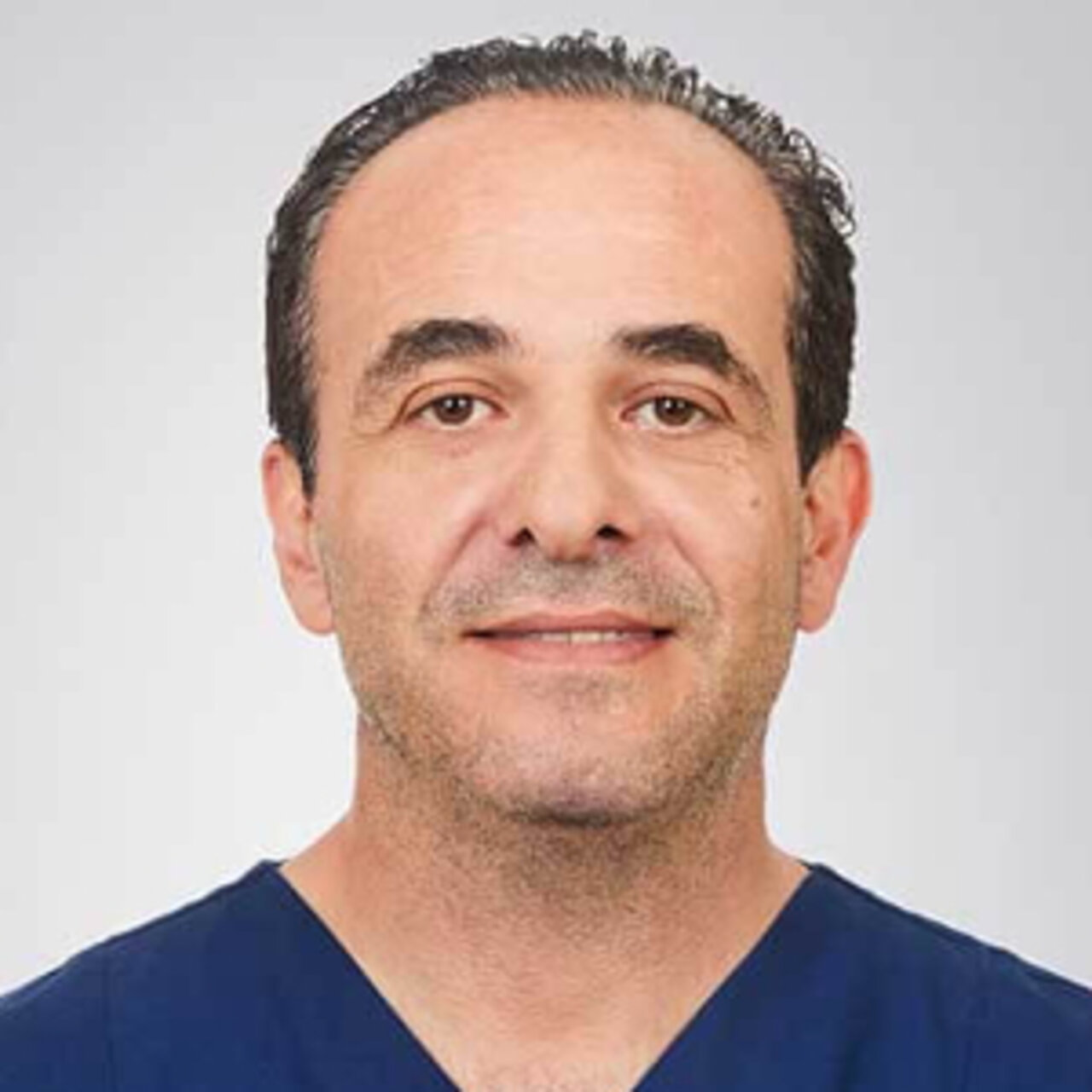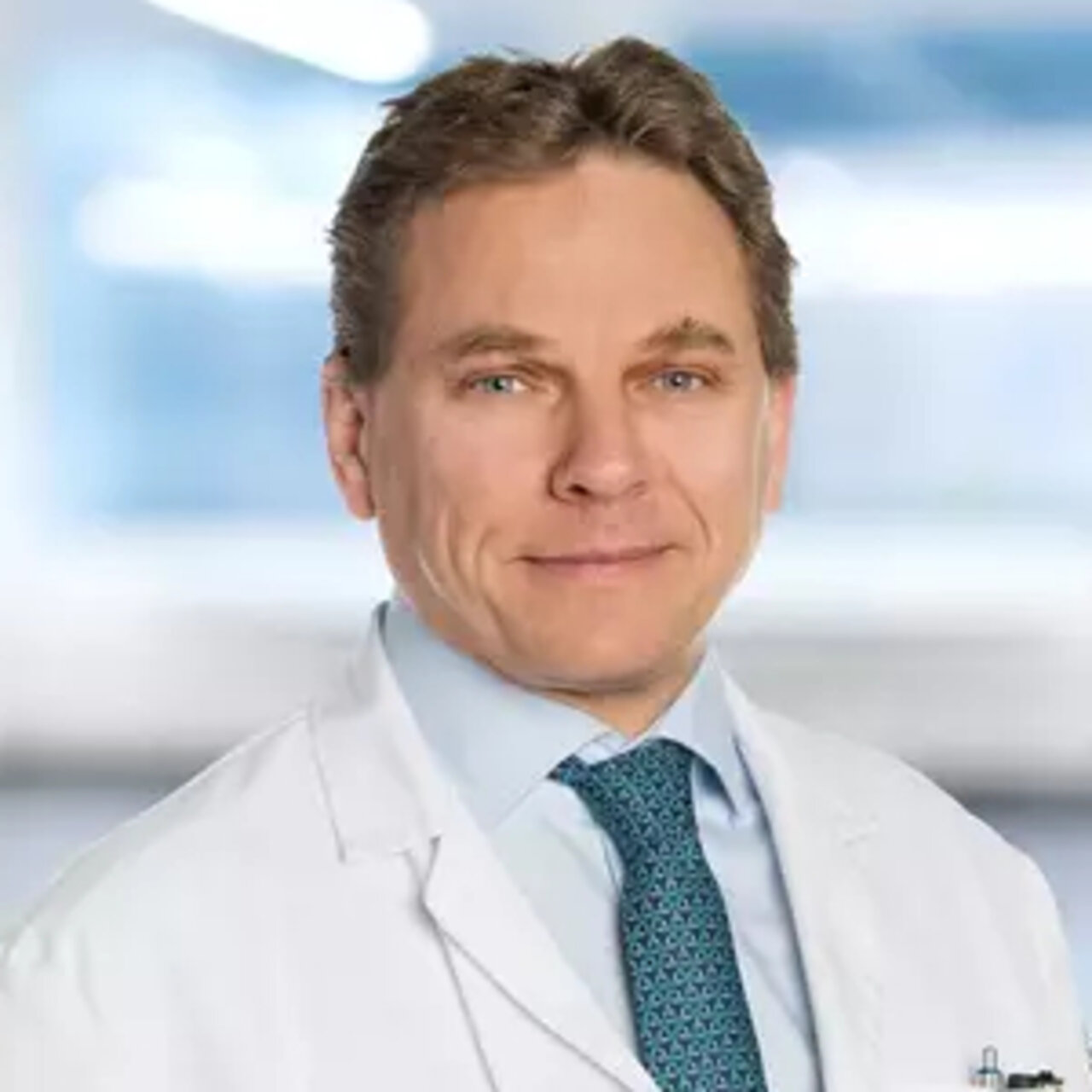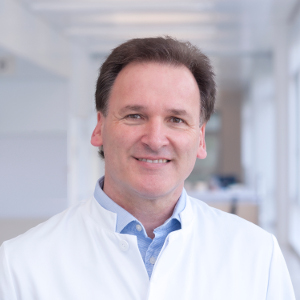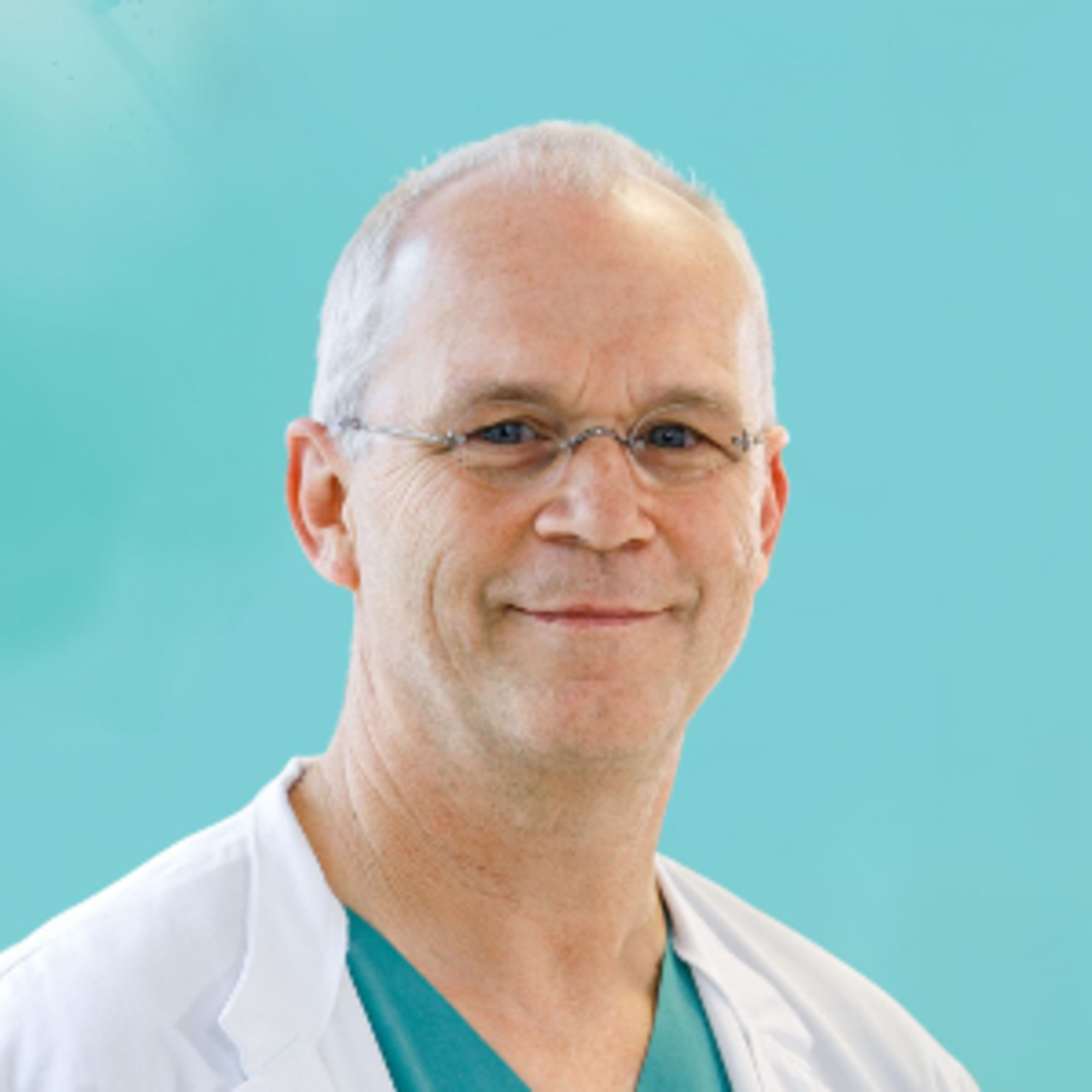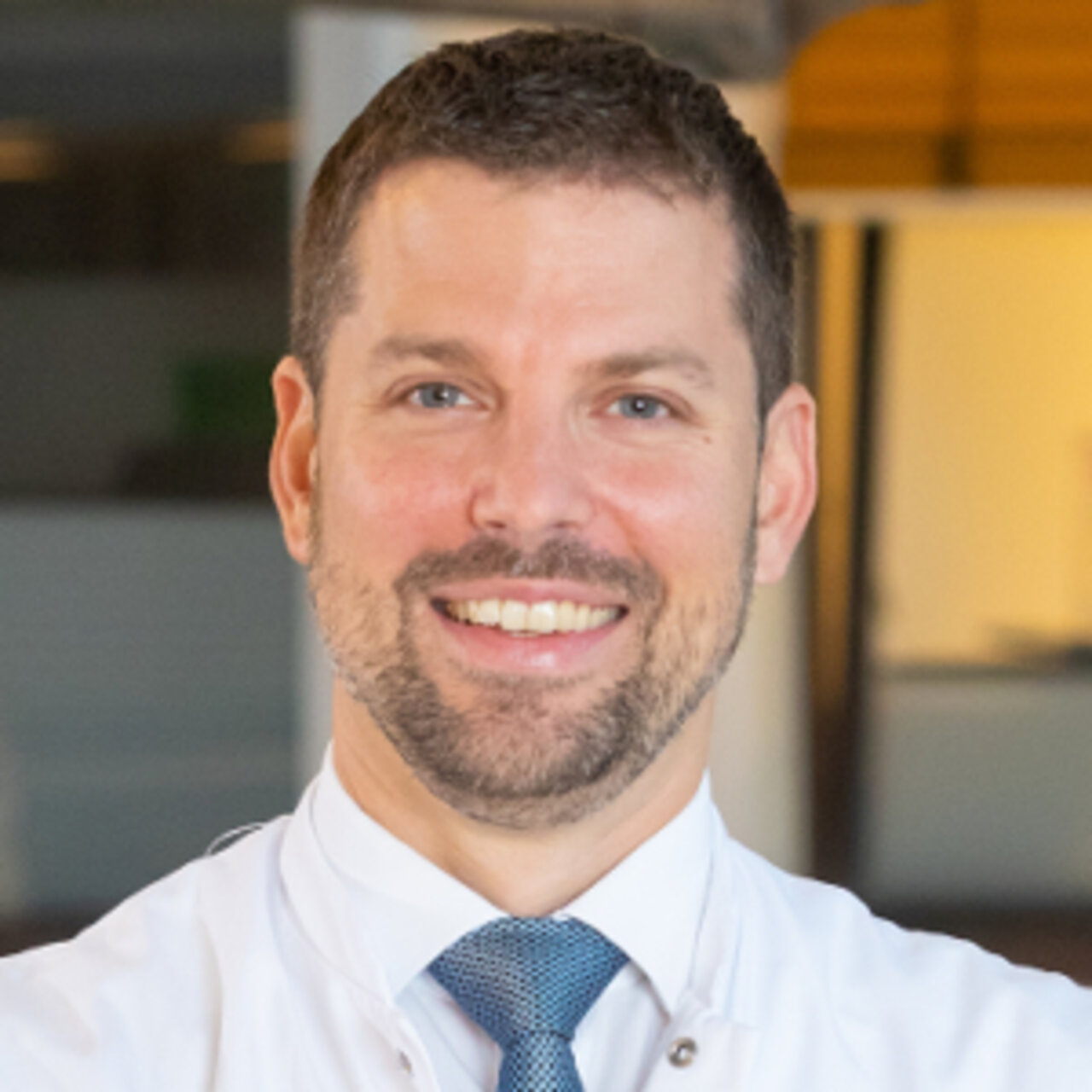Specialists in Reconstructive breast surgery
5 Specialists found
Information About the Field of Reconstructive breast surgery
What is Mammaplasty?
Mammaplasty is a surgical procedure for the optical recovery of the female breast. Colloquially, the method is also called breast reconstruction. Mammaplasty is often carried out after mastectomy as part of breast cancer treatment. There are two procedures for mammaplasty: breast reconstruction with the autologous tissue (own fat) or with silicone.
In recent years, the surgical methods for mammaplasty have further improved, up to a microsurgical breast reconstruction, which is often only indicated by the scars but not by the shape, appearance, and consistency of the reconstructed breast.
When is Mammaplasty Carried Out?
Mammaplasty is carried out after mastectomy. For many women, the female breast is the sign of their femininity, so that a breast removal is associated with a worse feeling for the body and lifestyle. However, reconstruction of the breast after a mastectomy is not mandatory. It depends on the patient's wishes. Reconstruction can either take place in the same surgery as breast cancer removal or at the earliest six months later.
Breast Augmentation With Autologous Fat or Silicone?
There are two methods used in reconstructive breast surgery. On the one hand, the surgeon can use the patient’s body tissue (autologous breast transplant); on the other hand, in some instances, silicone implants, or alternative implants, or a combination of both methods are used. The choice of the type of breast reconstruction is determined by the patient's wishes and the given possibilities. Not only can the breast be reconstructed, but if necessary, the nipple can also be rebuilt and later colored by tattooing.
If there is enough excess fatty tissue on the body, the breast can be reconstructed entirely from the patient's body material. If the amount of excess fat in slim women is low, the skin can be pre-stretched over a certain period and enlarged. The firmness of the resulting breast corresponds to that of healthy breast tissue.
The sin and muscle are removed, among others, from the lower abdomen (just skin or skin with muscle), inner thigh (skin with muscle), gluteal fold area (skin flap). The scars are usually invisible in these removal spots. Depending on the location, the excess skin is also sufficient for the reconstruction of both breasts (if necessary). If this is not possible, a new silicone implant or an alternative implant can be used, which is placed under the skin or the breast muscle by the specialist.
The mammaplasty is carried out under general anesthesia. During this procedure, the tissue (in most cases from the lower abdominal area) is relocated to the breast area and shaped according to the natural breast. If a muscle is removed in addition to the skin, the blood circulation of the skin can be guaranteed. The removal spot in the abdomen is immediately closed with transverse lower abdominal stitches. If only skin is removed, the breast specialist must ensure the blood supply by suturing the smallest blood vessels of the skin flap with vessels in the breast area. In doing so, the breast specialist works microsurgical and connects the vessels with subtle instruments under a magnifying glass.
Advantages of Breast Augmentation With Autologous Fat
The advantage of breast reconstruction with autologous fat is that, in most cases, no foreign material has to be used to restore the breast.
- A rejection reaction (as with foreign materials) is avoided.
- As a side-effect, excess fatty tissue is removed, e.g., in the abdominal area.
- The firmness of the breast or breasts reconstructed in this way is equivalent to a normal breast.
- The scars of the removal spots are usually covered (by the bottom of the bikini when swimming, gluteal fold, or inner thigh) so that no significant additional esthetic damage occurs.
- The microsurgical procedure with a magnifying glass also enables optimal treatment of small nerves and vessels
After the surgery, the patient should take it easy for several weeks and avoid heavy lifting to allow the tissues and scars to heal properly.
Should you have any further questions regarding the possibilities of reconstructive breast surgery, please contact your breast specialist in confidence.
Sources:
- www.mammarekonstruktion.de/brustwiederaufbau/
- www.krebshilfe.de/wir-informieren/ueber-krebs/haeufige-krebsarten/brustkrebs.html
- Stauber, Manfred; Weyerstahl, Thomas (2007): Gynäkologie und Geburtshilfe. 3., aktualisierte Auflage. Stuttgart: Georg Thieme (Duale Reihe).
- Keck, Christoph; Denschlag, Dominik; Tempfer, Clemens (2004): Facharztprüfung Gynäkologie und Geburtshilfe. 1000 kommentierte Prüfungsfragen ; 6 Tabellen. Stuttgart: Thieme.

